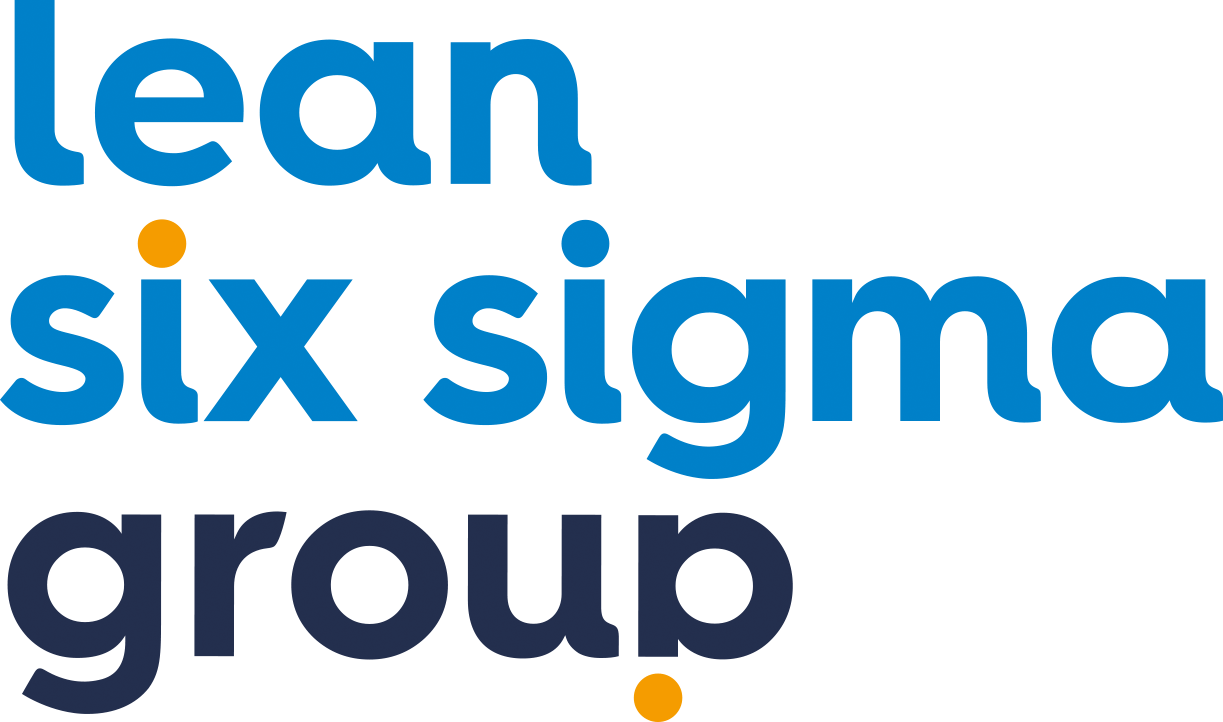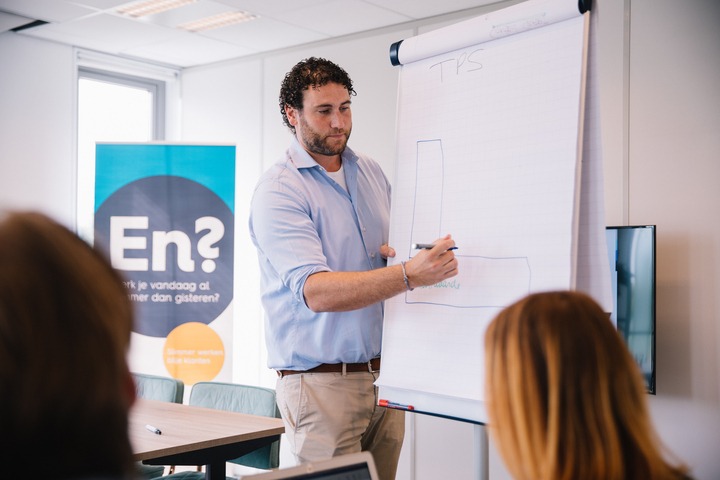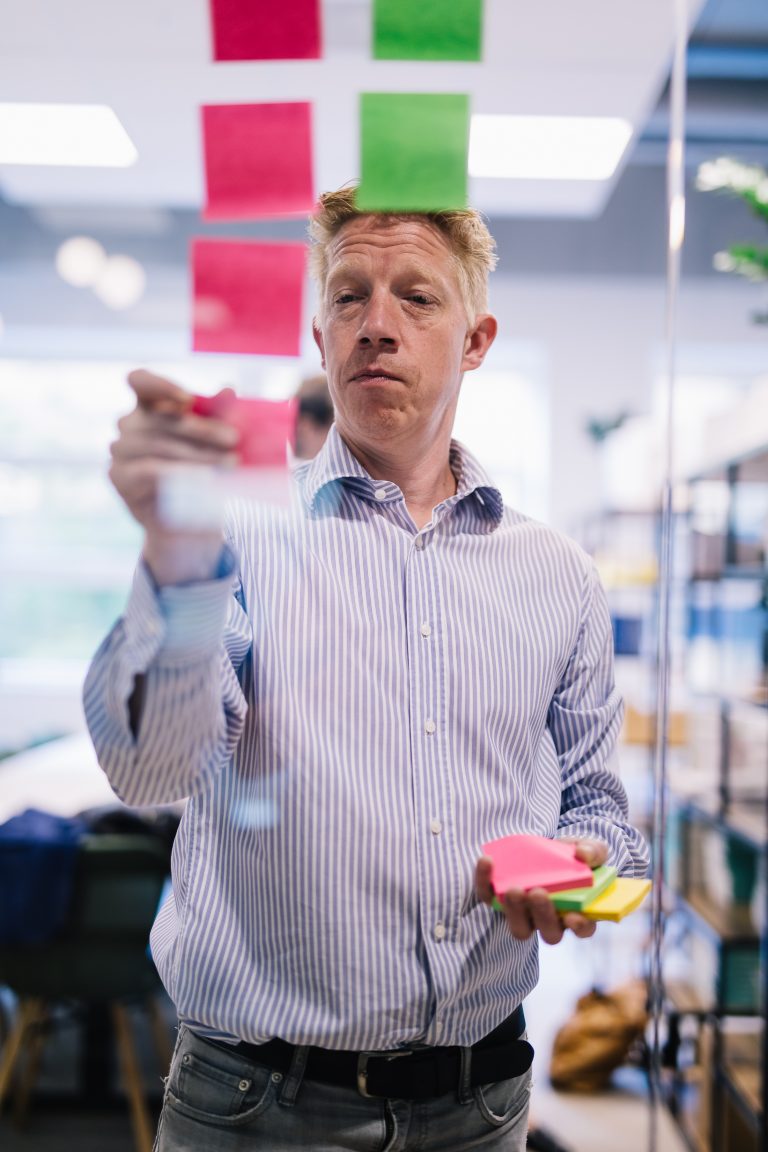TPM, also known as Total Productive Maintenance, is frequently used in production environments. It focuses on using machines as effectively as possible by for example minimizing maintenance. The level of waste, such as waiting time and defects, are kept as low as possible by doing so.
The basis for maintenance
- Preventive maintenance
Planned activities regarding production are categorized preventive maintenance. This kind of maintenance must be done periodically. In other words, machines should be checked for possible problems and if there are any sorts of problems, these should be fixed. In the end, the goal would be to find solutions to problems before they occur. - Correcting maintenance
Managers and other employees are the people who check the machines and decide whether possible defects should be fixed. This is often much more cost-efficient than waiting until something is actually broken. Replacing (parts of) machines can increase a company’s profit. - Maintenance
This procedure checks if machines that are bought meet a company’s requirements. Buying equipment that is broken or does not meet those requirements can lead to inefficiency.
The 8 principles of Total Productive Maintenance
Seiichi Nakajma was working at a company called Nippondenso, which is one of the suppliers of Toyota, when he thought of this theory in 1971. It originally existed of five principles, but was extended to eight principles based on Lean later on.
- Autonomous maintenance
Do not put too much responsibility in one part of the organisation. You have seen this in the Lean philosophy. Put trust in your employees and give them space to take responsibility of maintenance and inspection of the equipment. This way, problems are detected earlier on and solutions can be found. - Planned maintenance
Try planning all maintenance and mapping out the state of the machines. When this is done, your organisation will not be flooded with defects to machines which will lead to less production. To do so, choose the right moment in which maintenance can be done. This moment can be chosen by looking at older data about your current machines. - Education and training
Make sure your employees possess the right knowledge and skills to do the maintenance. Teach them the TPM-principles, to create a culture in which continuous improvement takes on a central role. - Early equipment management
Of course mistakes will be made, no one will deny that statement. However, you should value these mistakes and learn from them. - Quality maintenance
The performance of the equipment must be good, so be critical during maintenance. When you take on a proactive role when doing so, this could eventually improve the quality of your products. - Focused improvement
When improving, use a mixed group in which every individual is a complement to another. This makes sure the analysis of the equipment and corresponding solutions are looked at from different perspectives. This will result in a better product and a more satisfied customer. - Safety, health & environment
Like always: safety first! When using TPM, this condition will be easy to hold onto. - TPM in administration
Optimizing equipment leads to it becoming clear that other processes might need some improvement as well. This eighth principle therefore focuses on implementing TPM in administration, so it can be used there too. And who knows? Lean might come in handy.
What is the connection between Total Productive Maintenance and Lean?
As you have just read, TPM focuses on loss due to equipment. Lean, however, has its main aim on loss within the entire process. When your organisation wants to improve regarding the production process, TPM is almost essential. During our Lean Six Sigma Green Belt Training, we will look at an approach such as Lean, but TPM will be mentioned and explained as well.




